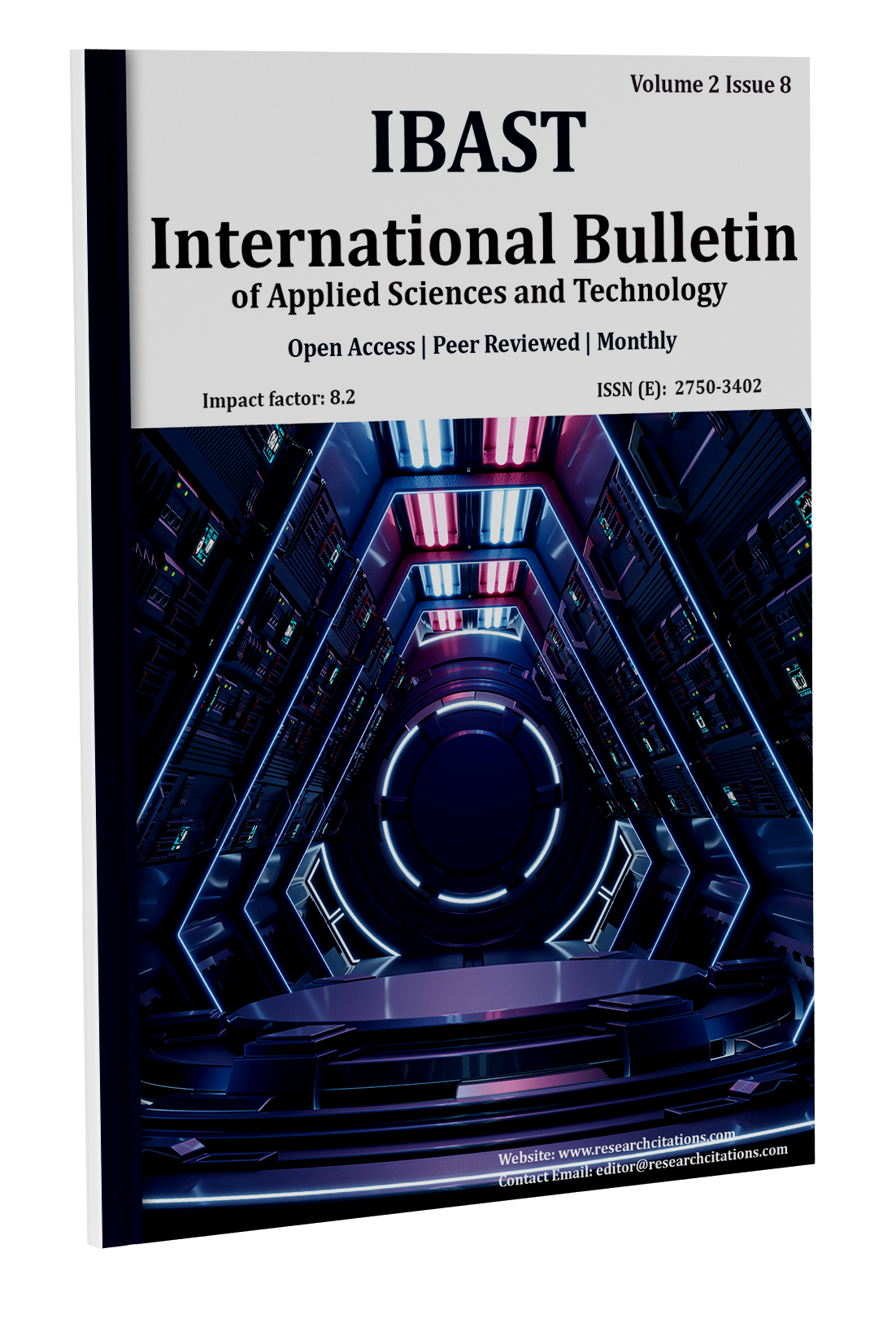ARTIFICIAL INTELLIGENCE TOOLS IN ENGLISH LANGUAGE EDUCATION: OPPORTUNITIES AND CHALLENGES
Main Article Content
Abstract
This article explores the integration of Artificial Intelligence (AI) tools in English language education, focusing on their potential to enhance teaching and learning outcomes. The study reviews popular AI-powered applications and platforms used by EFL (English as a Foreign Language) teachers and learners, such as ChatGPT, Grammarly, and speech recognition tools. While AI offers increased personalization, immediate feedback, and learner autonomy, challenges such as technological limitations, lack of teacher training, and ethical concerns remain. The article concludes with recommendations for effective AI integration in English language instruction in developing contexts like Uzbekistan.
Downloads
Article Details
Section

This work is licensed under a Creative Commons Attribution 4.0 International License.
How to Cite
References
1.Almalki, M. (2020). The role of artificial intelligence in enhancing EFL learners’ writing skills. Journal of Language Teaching and Research, 11(3), 450–457.
2.Burston, J. (2015). Twenty years of MALL project implementation: A meta-analysis of learning outcomes. ReCALL, 27(1), 4–20.
3.Chowdhury, R. & Ha, P. L. (2014). Desiring TESOL and International Education: Market Abuse and Exploitation. Multilingual Matters.
4.Godwin-Jones, R. (2019). In search of smarter L2 writing tools. Language Learning & Technology, 23(1), 4–27.
5.Meliqo'ziyev, A. (2024). The Role of Paralinguistics in Enhancing Communication Effectiveness. Engineering problems and innovations, 2(Spec. 1).
6.Kukulska-Hulme, A. (2020). Mobile-assisted language learning [MALL]: New directions. Oxford University Press.

